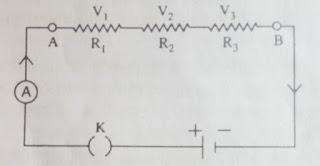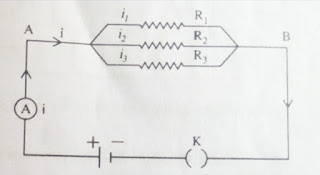Transformer
Transformer
A Transformer may be a static electrical machine which transfers AC wattage from one circuit to the alternative circuit at the constant frequency, but the voltage level is altered meaning voltage is also increased or decreased in step with the requirement.
It works on the principle of Faraday’s Electromagnetic Induction Law which states that “ the magnitude of voltage is directly proportional to the speed of change of flux.”
Types of Transformer
The various types are described below-
1. According to the transformation ratio or number of turns within the windings
- Step up
- Step down
2. Position of the windings concerning the core
- Core type
- Shell type
3. On the concept of the provision
- Single-phase
- Three-phase
4. types of services
- Power transformer
- Distribution transformer
- Instrument transformer
- Current transformer
- Potential transformer
- Auto-transformer
5. On the premise of cooling
- Air Natural (AN) or dry type
- Air ForceD (AF) or Air Blast type
- Oil Natural Air Natural (ONAN)
- Oil Natural Air Forced (ONAF)
- Oil Forced Air Forced (OFAF)
- Oil Natural Water Forced (ONWF)
Transformer parts
Core
The core of the transformer is utilized to support the windings. it's fabricated from soft iron to cut back eddy current loss and Hysteresis loss, and provides low reluctance path to the flow of magnetic flux. The diameter of a transformer’s core is inversely proportional to iron loss and directly proportional to copper loss .
Windings
Windings accommodates several copper coil turns bundled together, each bundle connected to form a full winding. Windings could also be based either on the input-output supply or on the voltage range. Windings that are supported supply are classified into primary and secondary windings. On the alternative hand, windings supported voltage range are often classified into high voltage and low voltage windings.
Transformer oil
The transformer oil insulates similarly as cools the core and coil assembly. The core and windings of the transformer must be completely immersed within the oil that normally contains hydrocarbon mineral oils.
Insulating materials
Insulating materials like papers and card boards are accustomed isolate primary and secondary windings from one another additionally because the transformer core. These windings are manufactured from copper because of high conductivity and ductility. High conductivity minimizes the number of copper needed and minimizes losses. Moreover, high ductility lands up in easy bending of conductors into tight winding around the core that also minimizes the amount of copper and volume of winding.
Conservator
The conservator is an airtight metallic cylindrical drum . It fitted above the transformer. It conserves the transformer oil. it's vented at the best and is filled only half with the oil to allow expansion and contraction during temperature variations of transformer oil tank. However the foremost tank of the transformer with which the conservator is connected is completely full of the oil through a pipeline.
Breather
The breather might be a cylindrical container filled with colloid, which is used to remain the air that enters the tank moisture-free. this could be because the insulating oil when reacts with moisture can affect the insulation and cause internal faults, which is why it is a requirement to remain the air free from moisture. within the breather, when the air passes through the colloid, the moisture contents are absorbed by the silica crystals.
Buchholz Relay
Placed over the connecting pipe that runs from the foremost tank to conservator tank the Buchholz Relay senses the faults occurring within the transformer. It operates by the gases emitted because of decomposition of transformer oil during internal faults. Thus, this device is employed to sense and successively protect the transformer from internal faults.
Tap changer
Tap changer is use to balance voltage variations within the transformer. There are two styles of tap changers – on load and off load. In on load tap changers, tapping is modified without isolating transformer from the availability, while in off load, the transformer has got to be disconnected from the supply.
Cooling tubes
As the name suggests, cooling tubes are accustomed cool the transformer oil. The circulation of oil within the transformer could even be natural or forced. within the case of natural circulation, when the oil temperature rises, the recent oil naturally moves to the very best and cold oil moves down, while just just in case of forced circulation, never-ending pump is used.
Explosion vent
The boiling oil or oil from the transformer is expelled during internal faults through the explosion vent to avoid explosion of the transformer.This is often often generally placed above the quantity of the conservatory tank.
Losses in Transformer
- Core or iron losses
- Hysteresis loss
- Eddy current loss
- Copper losses
- Stray losses
Transformer Efficiency
Transformer efficiency is defined because the ratio of the output power to the input power and is expressed within the equation below
Efficiency = output power / input power
Read more>> WLAN
Bluetooth Technology























